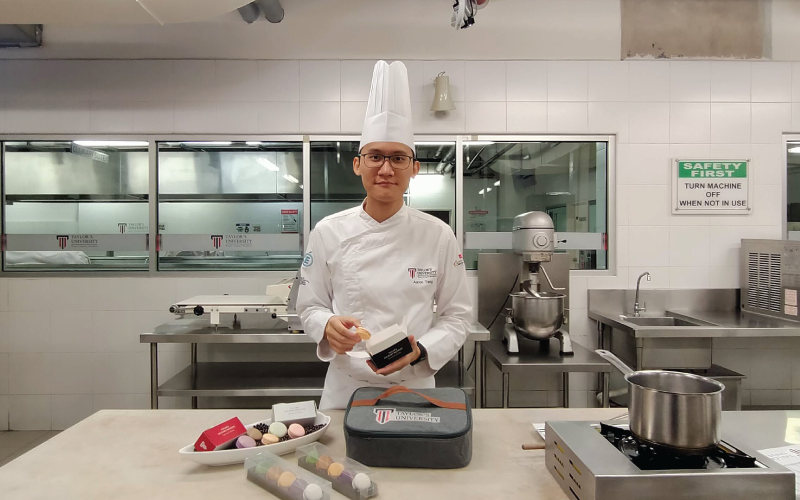Taylor’s University was able to swiftly migrate face-to-face teaching and learning to a hybrid learning system, as the pandemic restricted international travel and physical distancing was officially put in place.. The migration follows the proactive steps taken by the University with its e-Learning master plan conceptualised back in 2002 costing RM50 million.
Back in 2002, the SARS epidemic saw the closures of schools and universities - a similar setback to what the world is experiencing today. Understanding the severe nature a global health crisis can impose on education continuity, Taylor’s University developed an e-Learning blueprint to ensure disruptions to teaching and learning are mitigated.
Taylor’s e-Learning blueprint’s main mission is to enhance the teaching and learning experience for both lecturers and students and ensure that classes are able to seamlessly switch to hybrid mode should another crisis of a similar scale occur in the future. The e-Learning masterplan included the development and deployment of ‘Lightboards’, a glass board that records what lecturers write in real time, which can then be directly included in lecture videos; investment in a virtual lab simulator called ‘Labster’, a realistic first-person “simulator” that allows users to practice conducting experiments without worrying about time and risk; and even integrating Augmented Reality (AR) and gamification elements into our classes.
As COVID-19’s unprecedented situation prolonged and governments around the world continue to implement enhanced standard operating procedures to minimise infection rates, Taylor’s saw an opportunity to further improve its e-learning offerings, mitigating risks of extended disruptions to classes due to the pandemic, with alternative creative forms of module delivery.


